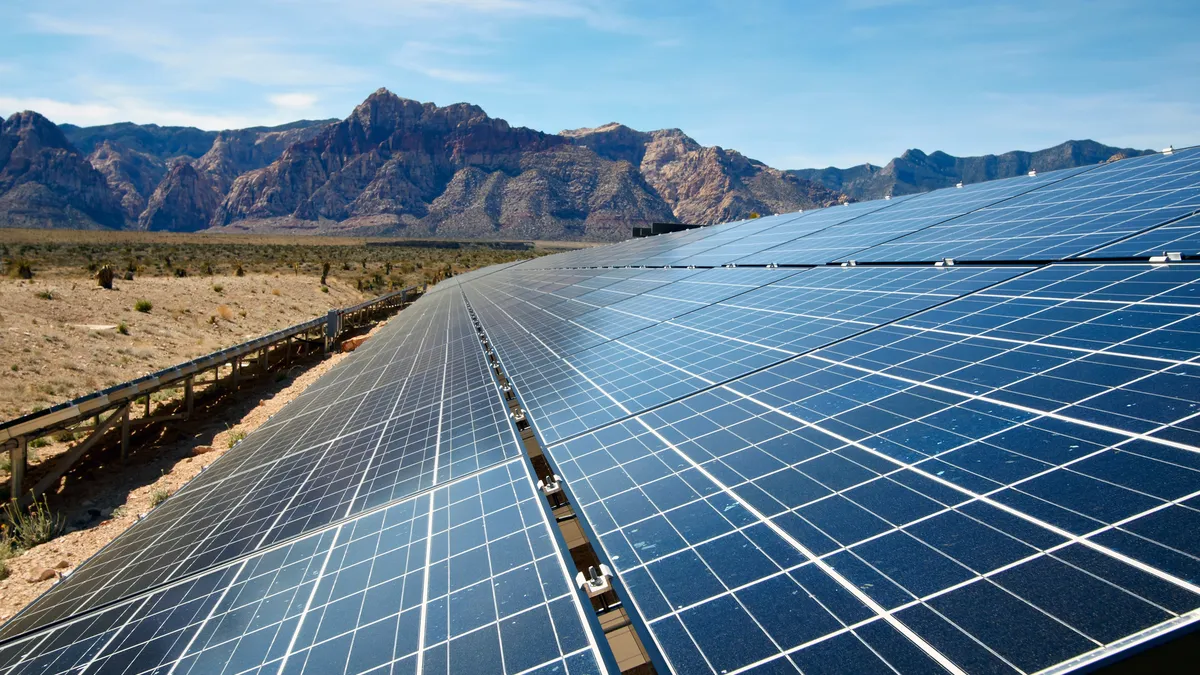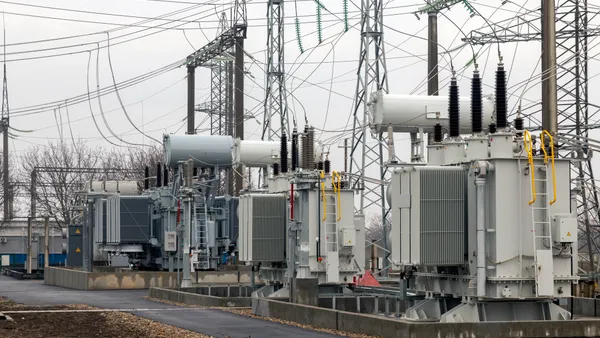Dive Brief:
- U.S. electricity providers are expected to increase installed utility-scale generating capacity by 26 GW in 2016, with 93% coming from solar, natural gas and wind generation. The EIA expects 9.5 GW of solar capacity additions, 8.0 GW of natural gas power, and 6.8 GW of wind installations.
- If the predictions hold, it would be the first time utility-scale solar was the biggest source of new U.S. generation over a whole year. The forecasted 9.5 GW of solar capacity additions would be slightly higher than the 9.4 GW added in the three previous years combined.
- Over the last two decades, natural gas has added more capacity than any other generation source, according to the EIA. Its forecasted 8.0 GW of capacity adds would about equal its annual average over that period of 7.8 GW. Wind’s expected 6.8 GW in 2016 would be below last year’s 8.1 GW, due to the temporary impact of its federal tax credit extension.
Dive Insight:
These Energy Information Administration numbers are based on reported additions and retirements, not on model projections.
The solar boom is likely the result of extension of the 30% federal investment tax credit (ITC). With the ITC now in place for five years, solar numbers are expected to remain high.
The slight drop in wind this year is likely because developers will be focused on qualifying for 100% of the $0.023/kWh production tax credit by starting project construction before the end of 2016 for completion before the end of 2017.
Natural gas growth is expected to be sustained by coal plant closures and the need for flexible generation to support variable renewables.
The U.S. wind industry built 8,598 MW of new capacity in 2015, has a cumulative installed capacity of nearly 74.5 GW, and has reduced wind’s installed cost 66% since 2008, according to the American Wind Energy Association.
The utility-scale PV solar sector added a record-setting 4-plus GW of new capacity in 2015, a 6% gain on 2014, according to new solar industry numbers.














